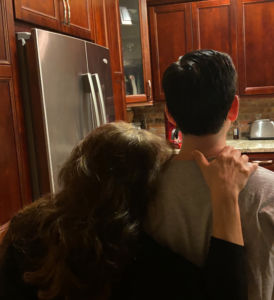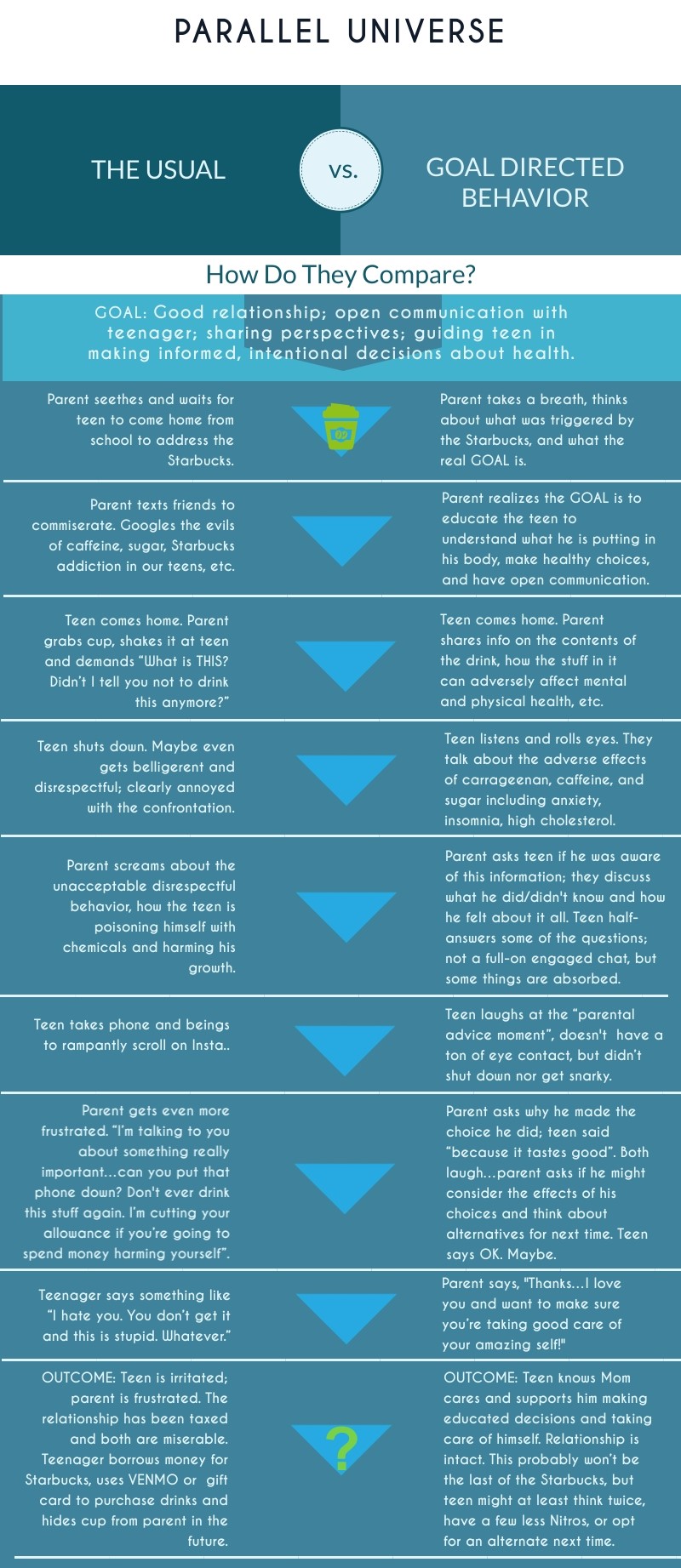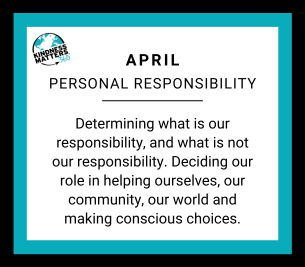Using GDB (not CBD) to Get Exactly What You Want
by Karin Levy Gellen
| How we set and achieve our direction each day can totally impact our happiness. The KM365 curriculum topic this month is Goal Directed Behavior (“GDB” for short) and this concept can help you get exactly what you want in life. Free shipping, less than 2 day delivery, safe for the environment. | |
| What is Goal Directed Behavior?OK, let’s just acknowledge what GDB is.
Simply: You have a goal. You engage in behaviors that will help you reach that goal, and you avoid behaviors that take you away from that goal. If we wanted to get technical, we could talk about the frontal lobe, executive skills, cognitive skills and self-regulation that are involved with forming goals, devising plans, coordinating/implementing, and evaluating. Let’s set that aside for now. |
 |
| Begin with the End in Mind In his book, The 7 Habits of Highly Effective People, Steven R. Covey’s second habit is Begin with the End in Mind. This habit is really just another way of saying, “engage in Goal Directed Behavior, folks!” | |
To begin with the end in mind…means to know where you’re going so that you better understand ~Steven R. Covey (The 7 Habits of Highly Effective People)
|
|
| Although this sounds simple, most of us go through our daily activities without thinking about our goals. We are super busy…but in reality, we are achieving things but feeling empty; we are having successes that come at the expense of more valuable things.Let that last sentence marinate…it’s something we need to get off the gerbil wheel for and really think about.
We are getting stuff done…but is that stuff advancing us toward what we really want? Consider these 4 questions:
If you found yourself answering “yes” to many of these questions, you might be out of alignment with your goals and could even be doing things to take you farther away from your goals. You might benefit from a good shot of GDB!
|
|
| How to use GDB to get what you want and align with your goalsStep One: Recognize you can and should think about what YOU want. Some of us put other’s wants before our own; some of us don’t make the time to think about “me”; some of us might need some guidance; some of us are pros.
Step Two: Figure out what you really want. Your end game. This requires some thought if you’re talking about something a little deeper than what you want for dinner! What are your goals? …to create a respectful relationship with ____________ (a parent, child, partner, friend, co-worker). …to achieve a physical accomplishment (marathon, learn something new, better sleep habits). …to generate sufficient resources to live a certain lifestyle. If you need help to start uncovering and discovering your wants, you might check out Covey’s visualization in The 7 Habits of Highly Effective People, Google it, or consult a life coach. Step Three: After you’ve determined your goals, choose one to work on. Step Four: Begin with the End in Mind. State your goal and keep it forefront, every day. Contemplate the actions and words that will get you there; this includes what you tell yourself each day, what you share with others, what you say, what you do. Be intentional – considering what your goal is, behave in ways that move you toward that goal and avoid those that lead you away from it. Step Five: Evaluate. How is your approach working? Did you advance toward your goal? Celebrate success and redirect where needed. |
|
| What this really looks likeLet’s put this into practice. I tried this experiment for this article and to step toward one of my own personal goals.
WHAT HAPPENED: My teenage son left his empty Starbucks cup in the bathroom and I found it while he was at school. Forget that it had turned into a moldy science project, let’s focus on the label: Grande Nitro, extra sweet cream, vanilla bean powder. Thoughts flying: 265mg of caffeine, sugar overload, $4.63, Starbucks addiction, you get it… not exactly my drink of choice for a kid in his adolescent, formative years. Of course, this wasn’t the first time my son had Starbucks. We’ve had many conversations about why I don’t want him to drink the stuff and he has ignored me, again. I’m not happy. My knee jerk reaction was to say something so he will stop going against what I told him, to stop going to Starbucks. Pause: What is my end goal? What do I really want? MY GOAL: To have open communication with my teenager and maintain a positive relationship with him. I want to share my perspective and support him in making informed, intentional decisions when it comes to choices that affect his health – today and in the future. |
|
WHAT HAPPENED NEXT: OK, let’s run this out, parallel-universe style, to demonstrate how Goal Directed Behavior works. Reading down the left column, you’ll see what might usually happen. Reading down the right column, you see what happened when I applied the concept of GDB. |
|
| EVALUATION: Truth is, I’ve gone down the path of Universe #1, many a time. I don’t like what I look like, it doesn’t work, and it definitely moves me farther away from my goal.The Goal Directed Behavior approach took longer; it demanded thought and patience on my part. No, my teen didn’t swear he would never put another Nitro to his lips…BUT he did listen to what I had to say, we had some dialogue and a laugh, and I did step toward, instead of away from, my goal. | |
|
How different our lives are when we really know what is deeply important to us, and keeping that picture in mind, ~Steven R. Covey (The 7 Habits of Highly Effective People)
|
|
| The concept of Goal Directed Behavior can be applied everywhere, every time. Trust me, if it can work with a teenager, it can work anywhere! | |
| -Karin Levy Gellen is the mom of 2 teenagers and 4 rescue dogs. She is the Director of Operations at KM365; she is an avid yogi and fly fisherwoman. | |


